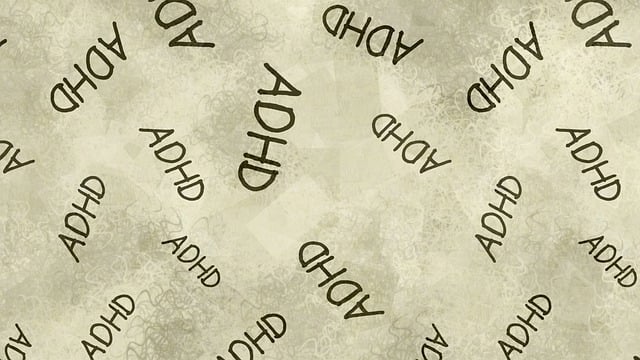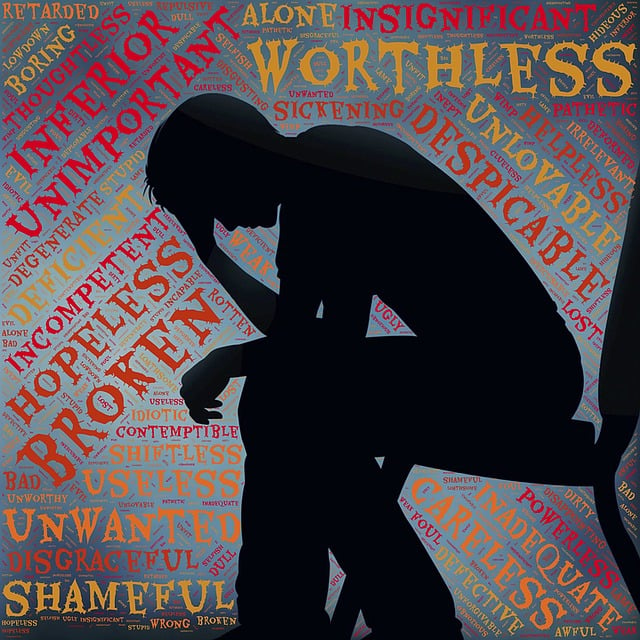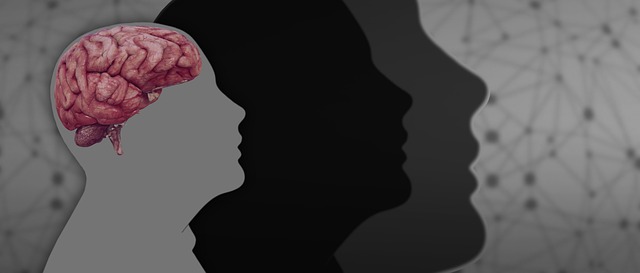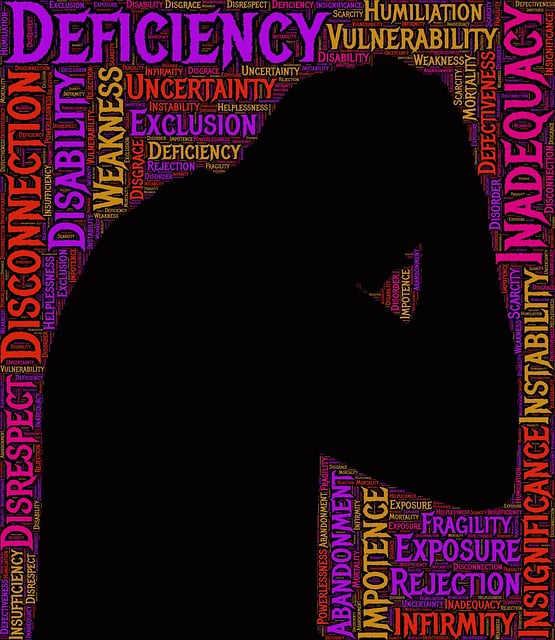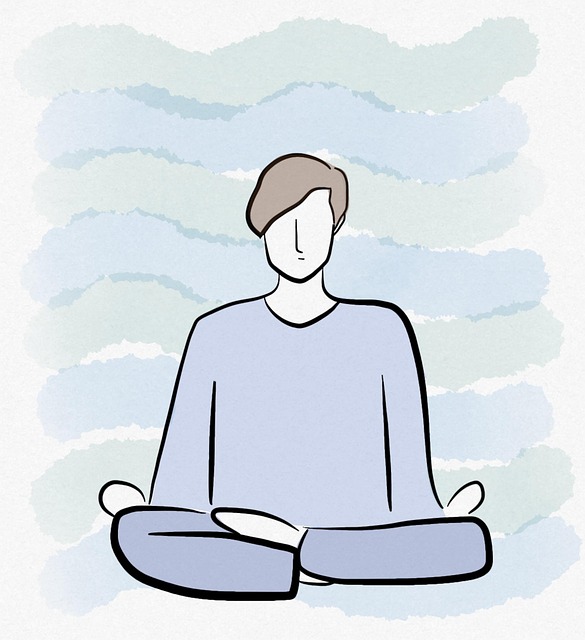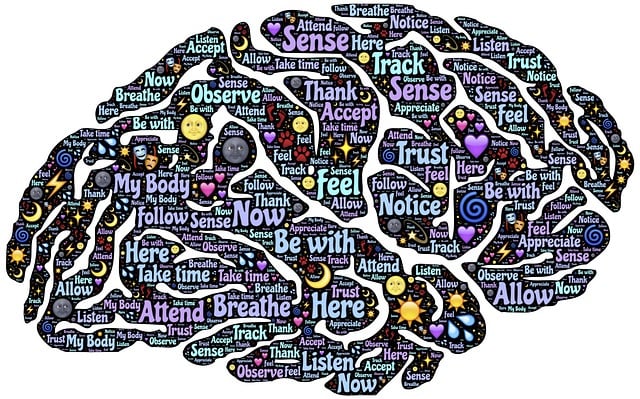Mental health advocacy for children emphasizes early intervention through destigmatizing mental health talks, educating parents, and implementing biofeedback therapy. This approach aims to build supportive communities, reduce anxiety, and improve outcomes by teaching young individuals to manage stress and emotions. By integrating biofeedback into therapy, policy analysis, and community outreach, mental health advocates foster resilience, emotional balance, and open communication in children, ultimately strengthening community bonds. Educational initiatives play a crucial role in breaking stigma barriers, empowering kids with emotional intelligence tools, and promoting proactive mental wellness care.
Mental health advocacy plays a pivotal role in fostering well-being, especially among young children. This article delves into various initiatives aimed at early intervention and emotional support. We explore therapy techniques like biofeedback, which offers a revolutionary approach to calming minds and bodies. Additionally, we discuss building community support through safe spaces for open conversations and breaking stigma barriers through education and awareness. By understanding these advocacy roles, we can unlock the emotional potential of young children and create healthier communities.
- Understanding Mental Health Advocacy: The Role in Early Intervention
- Therapy for Young Children: Unlocking Their Emotional Potential
- Biofeedback as a Revolutionary Tool: Calming the Mind and Body
- Building Community Support: Creating Safe Spaces for Open Conversations
- Breaking Stigma Barriers: Educating and Empowering Through Awareness
Understanding Mental Health Advocacy: The Role in Early Intervention

Mental health advocacy plays a pivotal role in early intervention, especially for young children. It involves raising awareness about mental health issues and promoting understanding to ensure that children receive the necessary support at an early stage. This is crucial as early identification of mental health concerns can significantly improve outcomes through timely therapy for young children. By advocating for mental health, communities can create a network of resources and guidance, including access to therapy and alternative approaches like biofeedback, which are effective in stress reduction methods.
Advocacy initiatives also aim to destigmatize mental health discussions, encouraging open conversations within families and educational institutions. This proactive approach is essential in providing crisis intervention guidance to both children and their caregivers. Mental health awareness programs can educate parents and teachers on recognizing signs of distress, enabling them to offer appropriate support or direct individuals towards professional help when needed. Such efforts collectively contribute to building a healthier and more resilient society, ensuring that young minds receive the care they deserve.
Therapy for Young Children: Unlocking Their Emotional Potential

Early childhood is a critical period for mental health development. Therapy for young children, incorporating techniques like biofeedback, can unlock their emotional potential and foster healthy coping mechanisms. These interventions are designed to help kids understand and manage their emotions, thereby building inner strength and resilience. By focusing on positive thinking and stress management at a young age, we lay the foundation for long-term mental well-being.
Children facing anxiety, depression, or other mental health challenges can benefit from biofeedback therapy. This non-invasive approach teaches them to recognize physiological responses to stress and gives them tools to regulate these reactions. Through practice, young individuals learn to calm their minds and bodies, enhancing their ability to navigate life’s ups and downs with greater ease. Such proactive measures not only support individual children but also contribute to a broader culture that prioritizes mental health awareness and positive emotional development in the youngest members of society.
Biofeedback as a Revolutionary Tool: Calming the Mind and Body

Biofeedback has emerged as a revolutionary tool in mental health advocacy, particularly for young children. This non-invasive therapy empowers individuals to gain control over their physiological responses and emotional states by providing real-time feedback about bodily functions. Through sensors that monitor brain waves, heart rate, and muscle tension, biofeedback allows users to learn relaxation techniques, thereby calming both the mind and body.
In the context of mental health policy analysis and advocacy, community outreach program implementation, and mental health education programs design, biofeedback offers a promising approach for enhancing overall well-being. By integrating this innovative practice into educational settings and healthcare systems, professionals can equip children with essential skills to manage stress, anxiety, and other mental health challenges early on. This proactive approach contributes to fostering resilient individuals capable of navigating life’s demands with greater ease and emotional balance.
Building Community Support: Creating Safe Spaces for Open Conversations

Building supportive communities is a cornerstone of mental health advocacy initiatives. Creating safe spaces where individuals feel comfortable sharing their experiences and expressing emotions openly can significantly impact overall well-being. These environments facilitate honest conversations about mental health, reducing stigma and encouraging help-seeking behaviors. By fostering open dialogue, community members gain a deeper understanding of one another’s struggles and strengths, promoting empathy and solidarity.
In the context of young children’s mental health, initiatives like therapy sessions and biofeedback programs contribute to building resilience and coping mechanisms. These early interventions not only support individual mental wellness but also strengthen family dynamics and community bonds. Additionally, mental wellness coaching programs and crisis intervention guidance play a vital role in empowering individuals to navigate challenges, fostering adaptability, and enhancing overall community mental health.
Breaking Stigma Barriers: Educating and Empowering Through Awareness

Breaking stigma barriers is a pivotal aspect of mental health advocacy, and education plays a crucial role in this process. By implementing initiatives that raise awareness about mental health issues, we can foster understanding and empathy within communities. This involves dispelling myths and misconceptions through interactive workshops, educational programs in schools, and engaging media campaigns. Teaching young children about emotional intelligence and providing them with tools like therapy and biofeedback empowers them to recognize and manage their mental health from an early age.
One effective strategy is the production of a Mental Wellness Podcast Series that offers insights into various aspects of mental wellness, including conflict resolution techniques and self-care practices. These platforms can reach diverse audiences, encouraging open conversations about mental health struggles and successes. Such efforts collectively contribute to creating a more supportive environment where individuals feel comfortable seeking help without fear of judgment or discrimination.
Mental health advocacy initiatives, encompassing early intervention strategies like therapy for young children and innovative tools such as biofeedback, play pivotal roles in fostering healthier communities. By breaking down stigma barriers through education and creating safe spaces for open conversations, these efforts empower individuals to unlock their emotional potential. Integrating biofeedback into therapeutic practices offers a revolutionary approach to calming both mind and body, presenting a promising avenue for mental wellness support.
